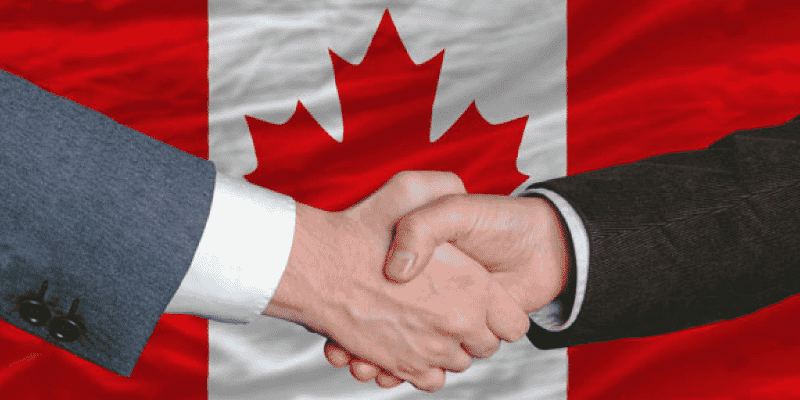Navigating the Complexities of Friendshoring in Canada’s Trade Strategy
As geopolitical issues continue to disrupt global supply chains, the Canadian government, like many others, is seeking to enhance friendshoring ties and trade with safe and friendly nations. However, a recent report from the Conference Board emphasizes the need for governments to establish firm goals and understand the downsides as well as the opportunities of such strategies.
The report highlights that regardless of the policies implemented, friendshoring – the practice of reconfiguring supply chains to align with friendly nations – may lead to tit-for-tat trade wars, higher production costs, and a decline in the purchasing power of Canadian households. While pursuing net-zero goals is crucial for Canada, proper strategy planning becomes all the more important. The threats posed by climate change present economic opportunities, considering that the country possesses critical minerals essential for transitioning away from fossil fuels. The Canadian government has already identified friendshoring as a means of sharing these resources with allies.
However, the concept of friendshoring lacks a concrete definition, exposing policymakers to risks. The friendly nations identified by Canada can quickly change their stance, as seen with the heightened tensions between China and Canada following the arrest of Huawei executive Meng Wanzhou in 2018. Furthermore, there is a lack of consensus among policymakers regarding the appropriate policy strategies and the specific goods that should have their supply chains reconfigured in the name of friendshoring. Such uncertainty can also pose economic risks. Currently, two-thirds of Canada’s GDP comes from international trade, and the imposition of sanctions by foreign countries in response to friendshoring policies can have severe consequences. A clear example was when China imposed tariffs on Canadian wheat and canola in 2014, causing prices to plummet.
Criticism has been directed at recent efforts by Canada to revamp its trade plan. Trade director Carlo Dade from the Canada West Foundation pointed out that the allocation of trade funds in the government’s budget suggests misplaced priorities. For instance, more money was allocated to improving ferry service in Eastern Canada than to the national gateway and corridor funds, according to Dade.
In contrast to Canada, other countries have taken more significant steps to strengthen global trade amid geopolitical challenges. President Joe Biden, for instance, has allocated substantial funds to support homegrown supply chains in green manufacturing, technology, renewable energy, critical minerals, and electric vehicles. Canada, on the other hand, is yet to announce a policy of similar magnitude, although it recently offered incentives of up to $30 billion to secure the country’s first electric vehicle battery plant as part of its net-zero supply chain goals.
The Conference Board acknowledges that Canada has already taken some friendshoring measures by seeking partnerships with Asia-Pacific countries to reduce dependence on China. However, the country still has much work to do to make friendshoring a vital part of its trade strategy.
This means, as Canada navigates the complexities of friendshoring in its trade strategy, it must carefully consider the potential risks and benefits. Establishing clear goals, consensus among policymakers, and robust policies will be crucial to protect the Canadian economy and unlock the opportunities that arise from global trade realignment.
Source: https://financialpost.com/news/economy/friendshoring-canada-risks-opportunities-trade

Export to Canada Course
Learn both the U.S. Customs requirements to Export to Canada from the U.S. AND the Canadian customs requirements. We will also review procedures, and learn the documentation requirements, and the process of clearing goods at Canadian Customs.







